Heximetro 15gm
Heximetro 15gm
Composition:
Chlorhexidine Gluconate 1% w/w, Metronidazole 1% w/w, Lignocaine 2% w/w
Introduction:
Heximetro is an antiseptic mouth gel with triple action- that synergistically acts against both —aerobic and anaerobic pathogens in oral lesions, and also provides instant pain relief via topical anaesthesia.
Chlorhexidine:
Chlorhexidine is a well-known antiseptic, and antimicrobial agent with decades of evidence of its antibacterial, antiviral, and antifungal action. Chlorhexidine offers action against aerobic pathogens like- S. sanguis, S. mutans (Chlorhexidine- binds with the phospholipids in the innercell membrane causing cell wall integrity). The application of chlorhexidine (CHX) gel on ulcers and wound surfaces after oral surgical procedures has received considerable attention— supported scientifically by the antimicrobial properties of chlorhexidine. Chlorhexidine acts against bacteria (Gram-positive and Gram-negative), with bacteriostatic action at low concentrations and bactericidal action at high concentrations Chlorhexidine is also known for its antiviral and antifungal effects.
Mode of action:
Chlorhexidine acts on the target micro-organisms by increasing their cell membrane permeability which causes the precipitation of cytoplasmic macromolecules and subsequent microbial death via cell lysis. Therefore, the effect of CHX is mainly based on minimizing the microbial load —playing an anti-infection role, which seems critical in the early stages of wound healing.
Metronidazole:
Metronidazole offers action against anaerobic pathogens like- P. gingivalis, etc (inhibits protein synthesis by interacting with DNA, and causes a loss of helical DNA structure and strand breakage)
Lignocaine:
Heximetro also contains 2% Lignocaine, which can provide instant and profound anesthesia over the surfaces of oral lesions.
Indications:
1. Infected painful ulcers in the mouth
2. Periodontal diseases: gingivitis, periodontitis with pockets
3. Oral candidiasis, esp painful denture stomatitis lesions
4. Aphthous ulcers
5. Ulcers due to dentures
6. Common oral injuries, including those from orthodontic appliances and oral surgery appliances
7. Dry socket (alveolar osteitis) prevention and treatment
8. Infections in the interdental areas: to be applied with interdental brushes like Thermoseal proxa
9. Maintenance of oral hygiene, especially interdentally — in cancer patients,
gingivitis & periodontitis patients, between and around restorations
Heximetro in various clinical conditions:
A. Heximetro in dry socket:
The extraction of third molars is a common dental procedure. The American Association of Oral and Maxillofacial Surgeons states that “about 85% of third molars will eventually need to be removed”. Available data also shows that 5 to 30% third molar extractions can create a “dry socket” – a complication associated with severe pain.
How can we prevent this unwanted complication?
1. A meta-analysis published in “Oral Diseases” in August 2016, reviewed 11 trials and found that 0.2% chlorhexidine gel was effective in preventing alveolar osteitis after lower third molar extraction(s). https://onlinelibrary.wiley.com/doi/abs/10.1111/odi.12553
2. Journal of Oral & Maxillofacial Surgery in May 2017, reviewed Twenty-three studies published from 1979 to 2015 and concluded that chlorhexidine, used in any formulation and concentration can prevent dry socket in patients who have undergone third molar extraction. https://www.joms.org/article/S0278-2391(17)30020-4/fulltext
3. Another systematic review & meta-analysis published in May 2017 found that Chlorhexidine gel is superior to placebo in reducing the incidence of alveolar osteitis after mandibular third molar
extraction. https://bmcoralhealth.biomedcentral.com/articles/10.1186/s12903-017-0376-3
4. The largest network meta-analysis done till now reviewed 37 randomized controlled trials that included 6175 mandibular third molar surgeries in 4716 patients. This study published in Sept 2020 showed that 0.2% Chlorhexidine gel placed in the socket can prevent dry socket after mandibular third molar surgery. https://www.sciencedirect.com/science/article/abs/pii/S1010518220301578
Chlorhexidine in its therapeutic concentration of 1% fortified with an additional metronidazole cover, and lignocaine surface anesthesia, heximetro can ensure the healing of the dry socket.
B. Heximetro as a post-surgical gel
High-quality articles demonstrate the evidence that Chlorhexidine gel application exerts a beneficial effect on oral surgical wound healing. Chlorhexidine gel application significantly decreases the risk of surgical complications and/or poor wound healing. With additional metronidazole cover and lignocaine surface anesthesia, heximetro can ensure uneventful healing.
C. Heximetro in denture stomatitis
Denture stomatitis (DS) seen in about 15-70% of denture wearers is a condition characterized by a generalized inflammation of the denture-covered palatal mucosa. The clinical signs can vary from petechiae to generalized inflammation with papillary hyperplasia. It is a harmless form of oral candidiasis associated with a quantitative increase of yeasts (a mixture of Candida species eg. C. albicans, C. tropicalis, C. krusei, C. guilliermondii, C. glabrata) on the mucosa and the denture’s fit surface. Complete and removable dentures accumulate, among all, C. albicans on the porous surface of the acrylic resin.
Denture hygiene is an important factor in the prevention and treatment of DS. Chlorhexidine digluconate, an effective antimicrobial agent active against various bacteria, viruses, and fungi including C. albicans, is recommended in the treatment of denture stomatitis because of its proven clinical and microbiological efficacy. Lignocaine can ensure comfortable denture wear by providing surface anesthesia on the inflamed tissue surfaces.
D. Hexigel in cancer patients
Patients with sensitive soft tissues can use an interdental brush dipped in Heximetro gel to clean the areas between teeth, crowns, and bridges to ensure good oral health.
E. Hexigel in periodontitis patients
Cleaning the interdental areas is a critical component of oral care in periodontitis patients. Patients with periodontitis can use an interdental brush dipped in Heximetro gel to clean the areas between teeth, crowns, and bridges to ensure good periodontal health.
F. Hexigel in restorative dentistry
Restorations with overhangs and rough edges can create plaque-retentive areas around the crowns, bridges, and fillings. Cleaning the interdental areas is critical to maintaining soft tissue health interdentally.
Dose:
2 to 3 times a day or as directed by the doctor.
Presentation:
15 gms in a lami tube
Only for Doctors
Compare
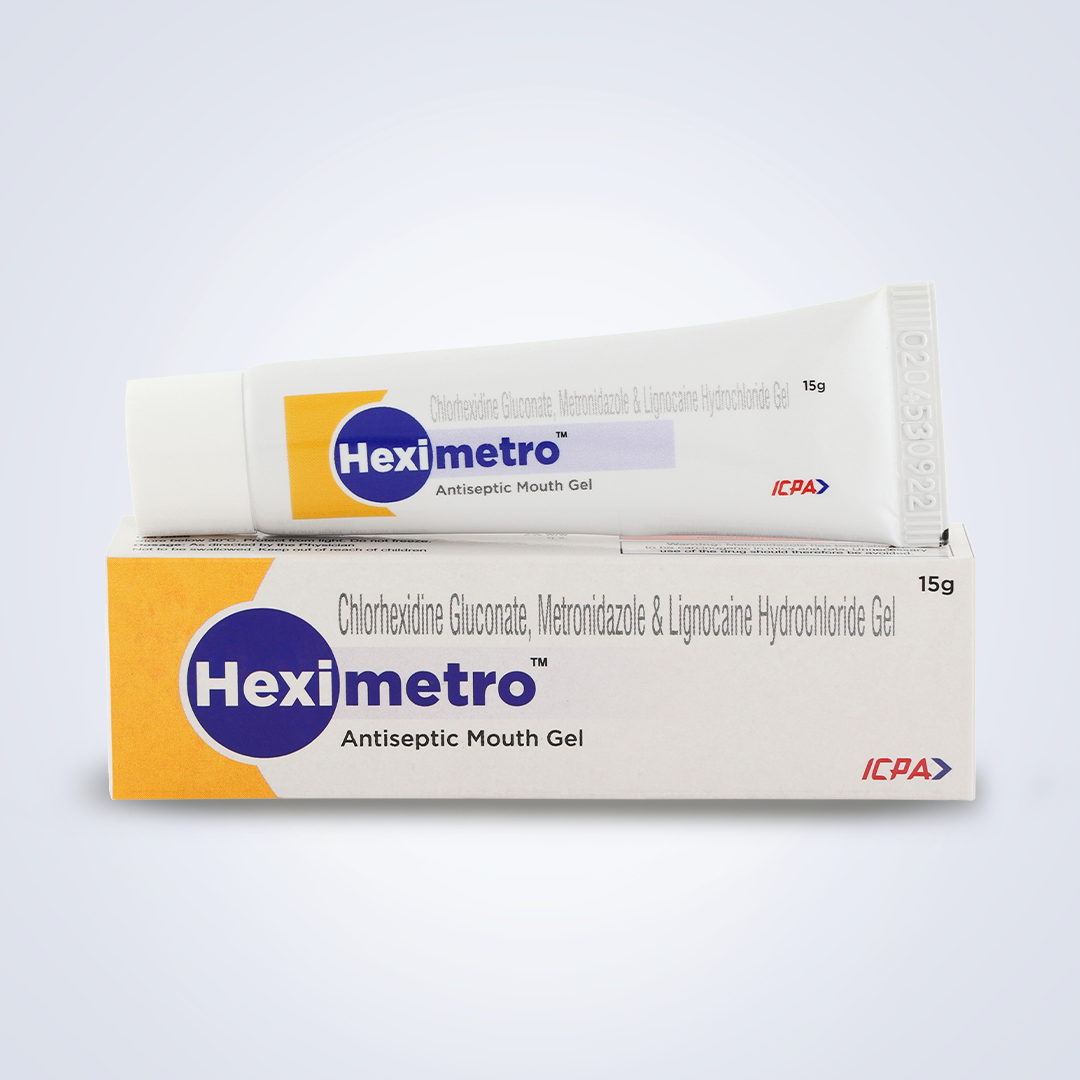
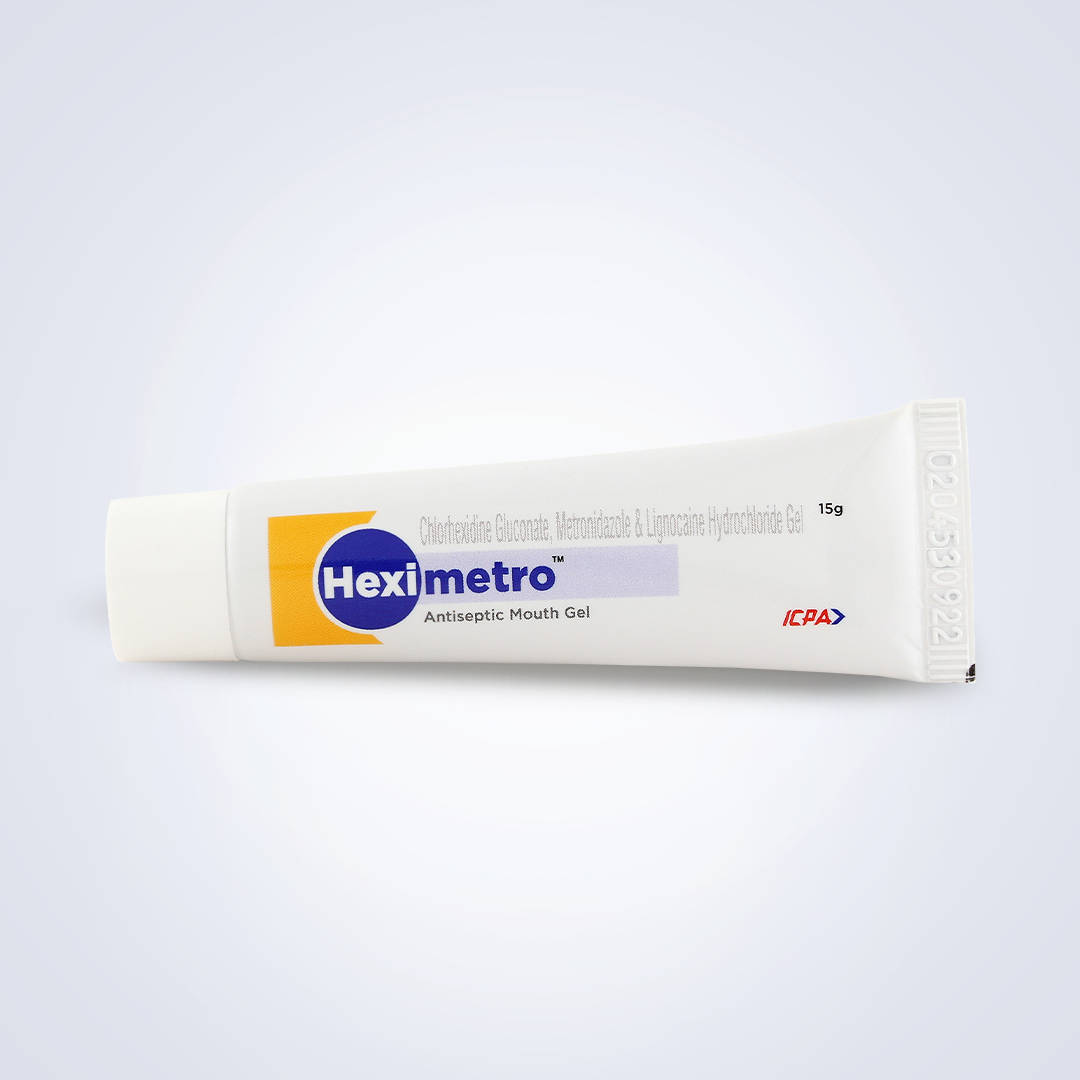
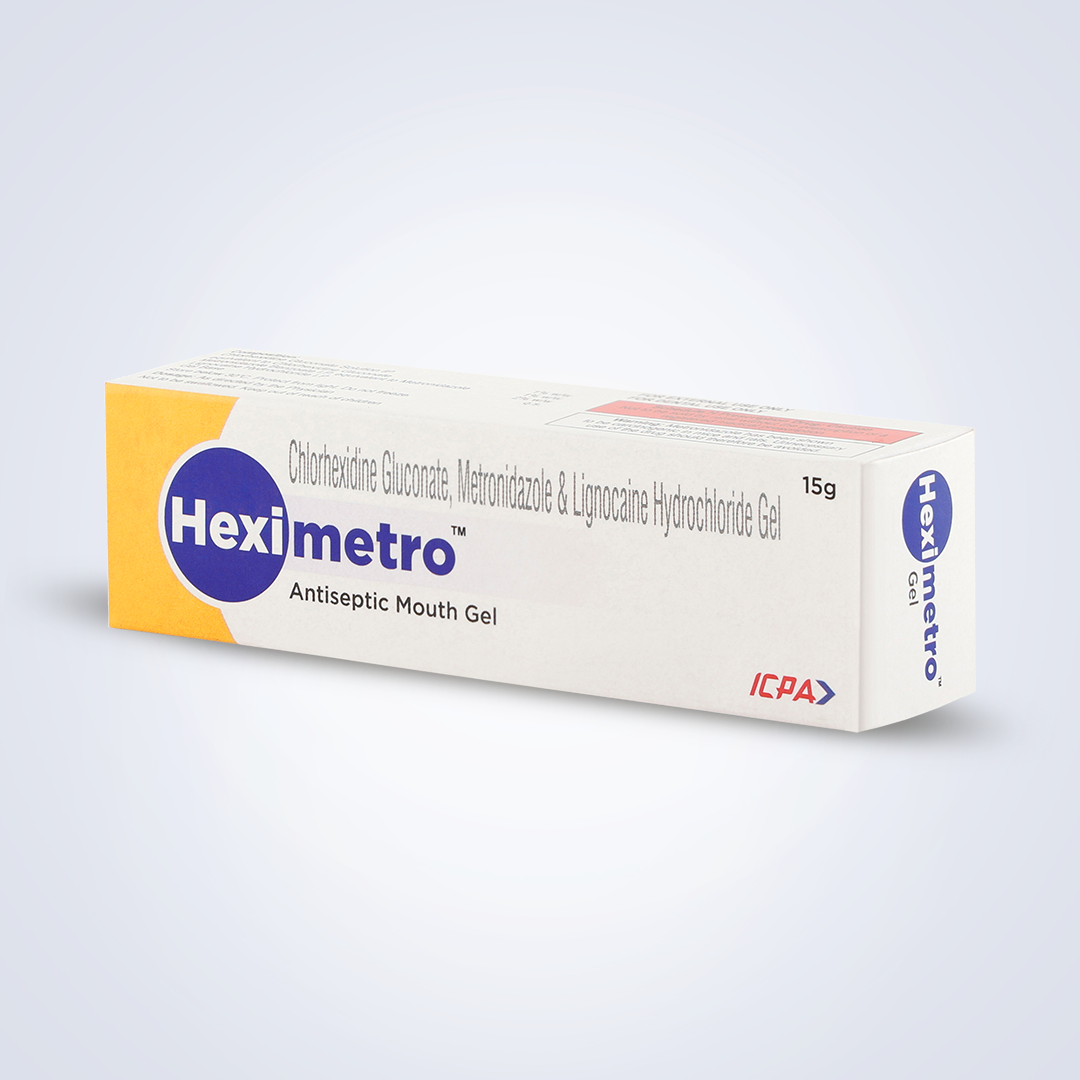
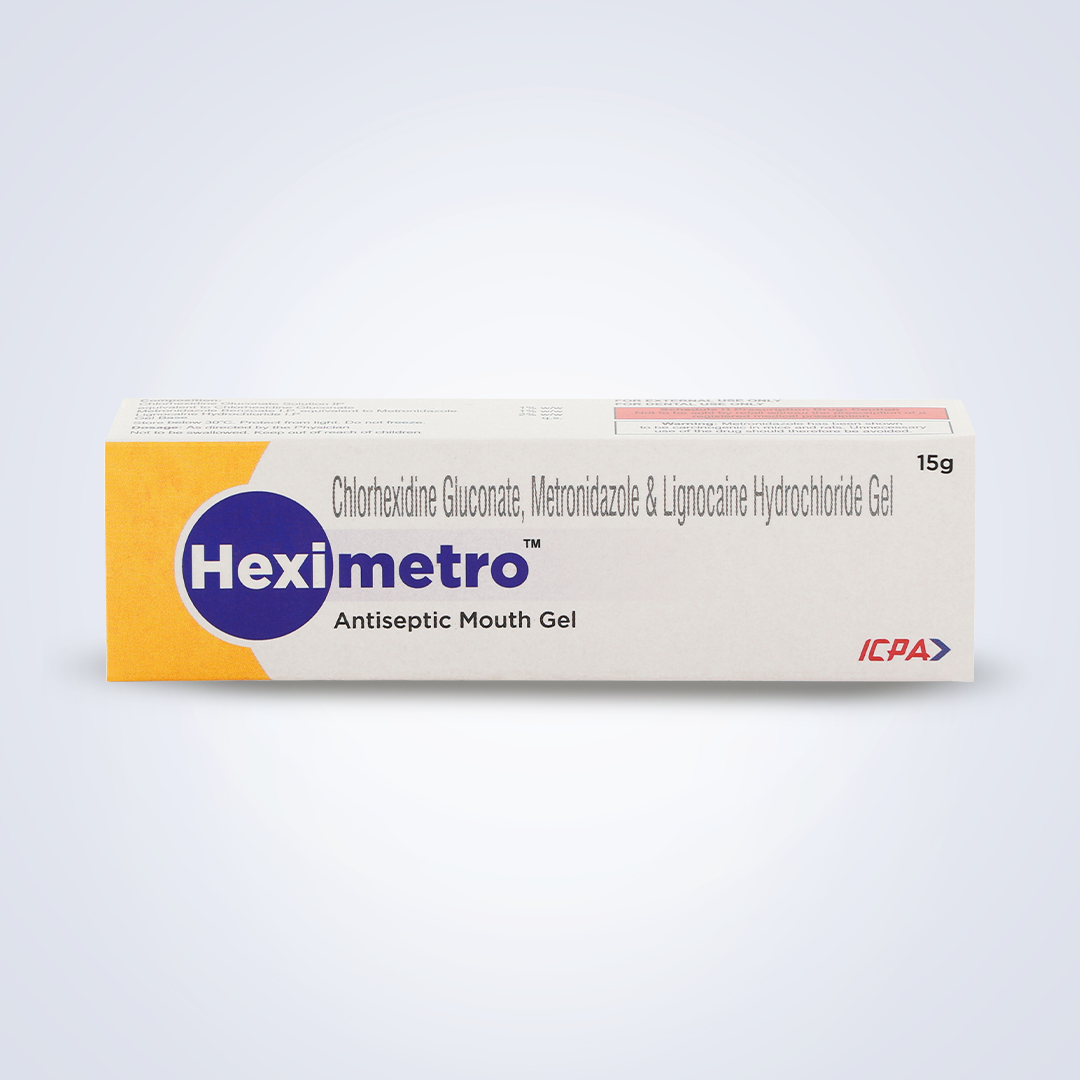
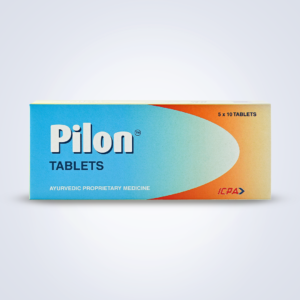
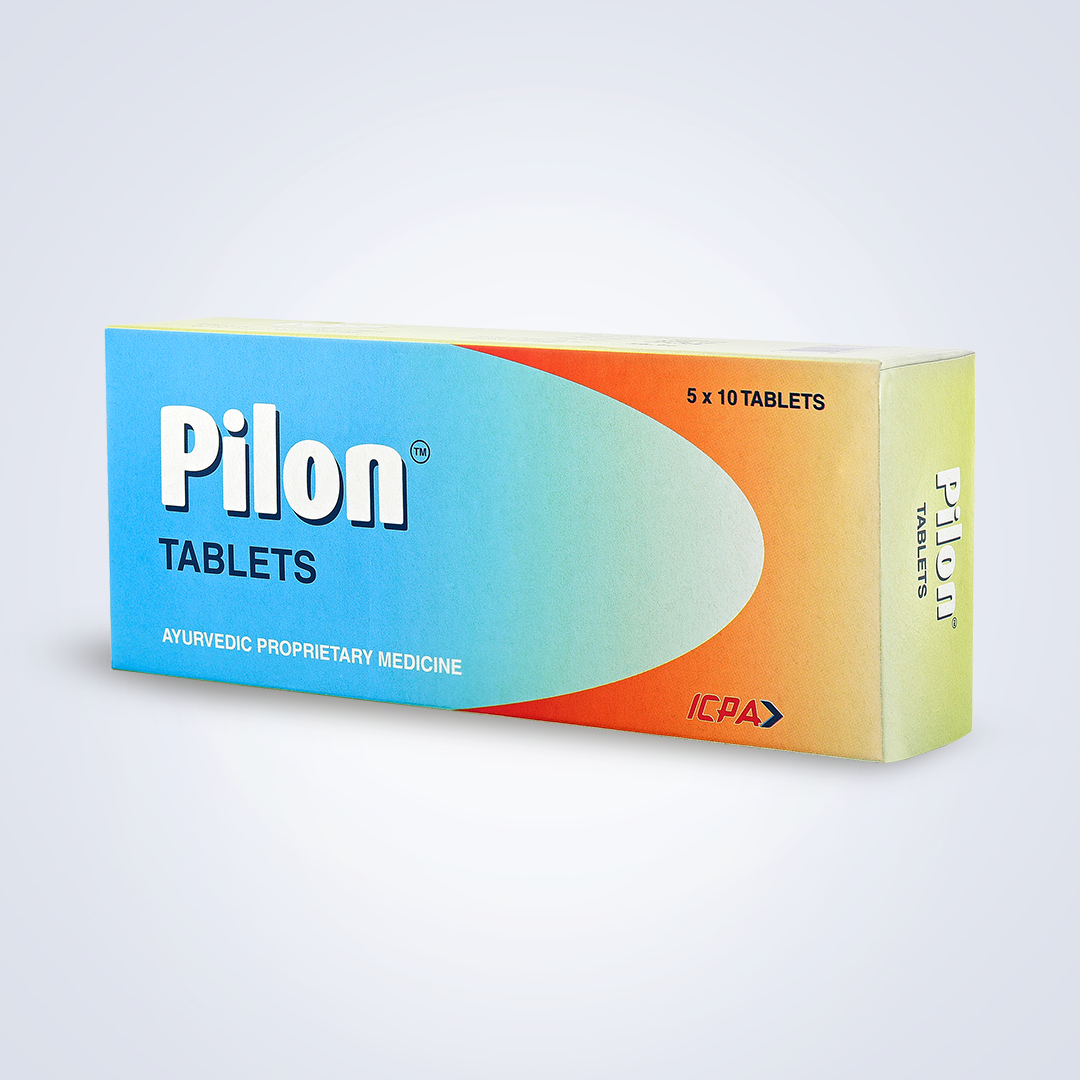
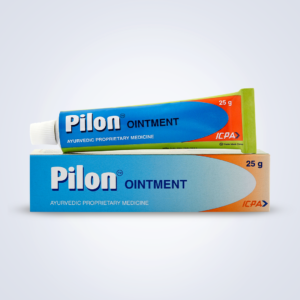
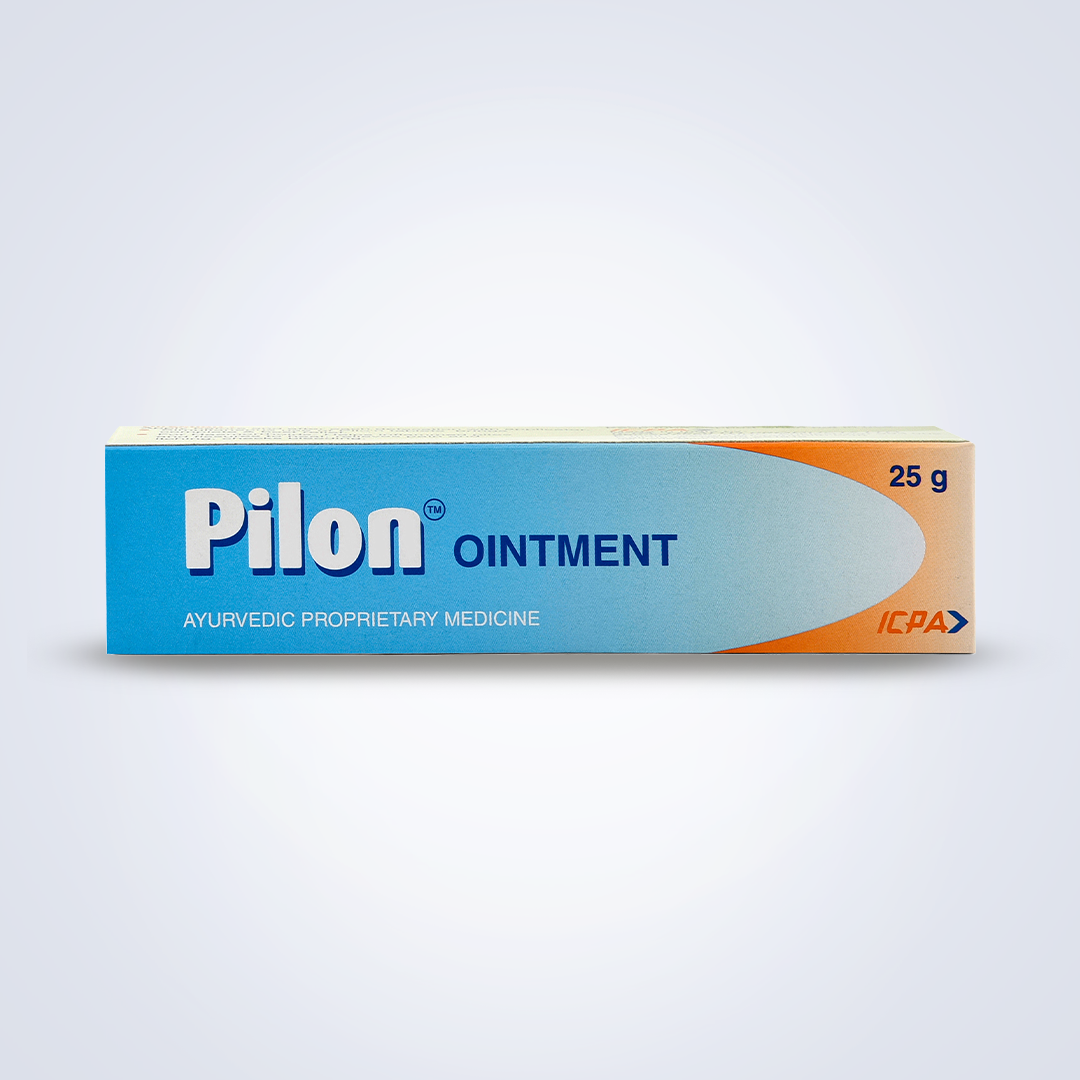
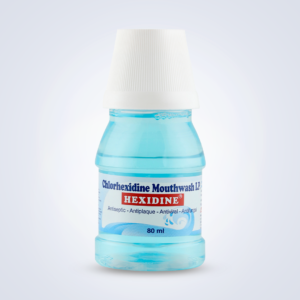
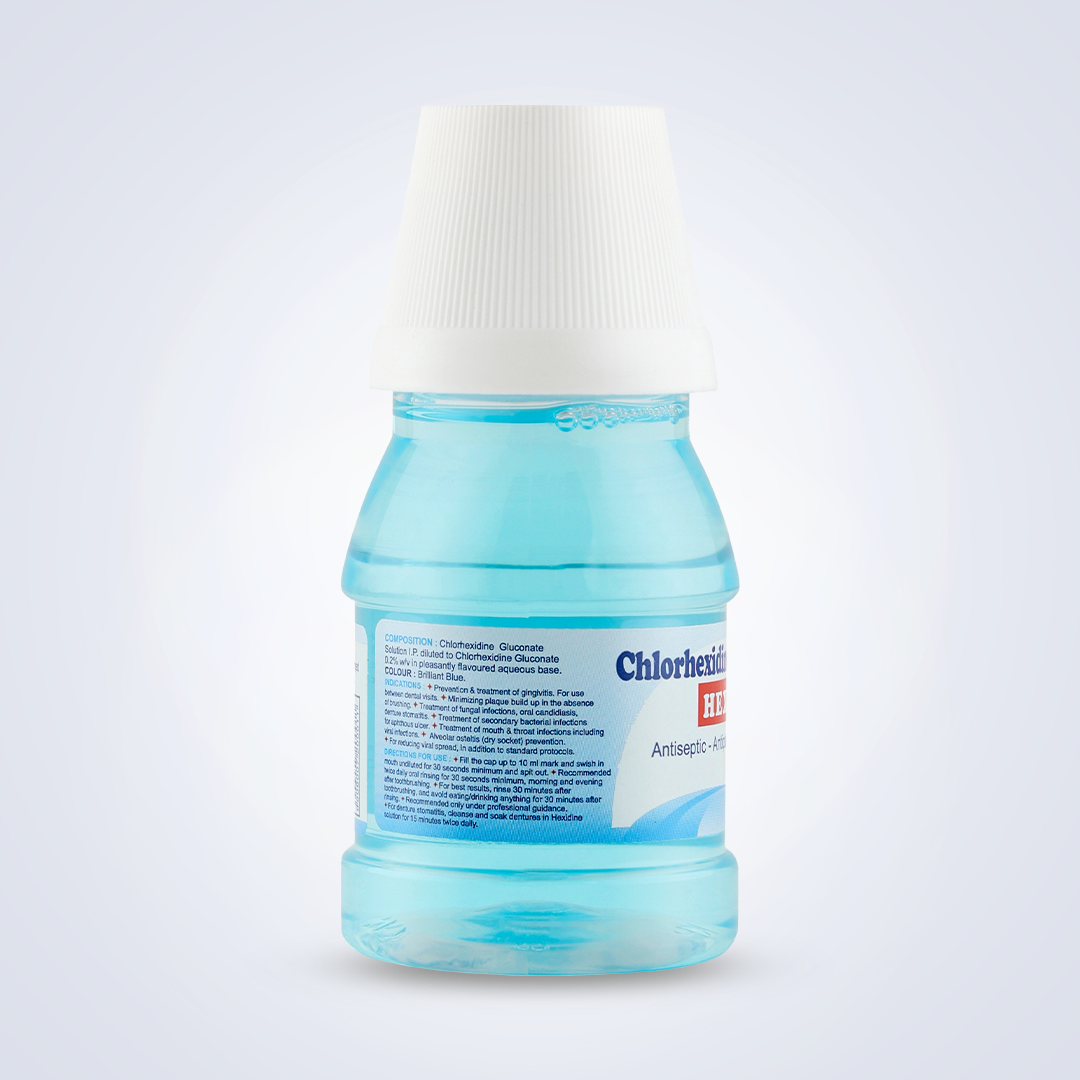
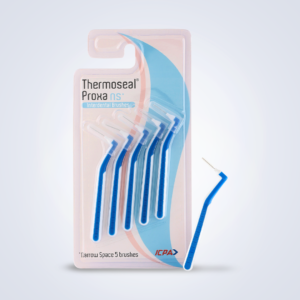
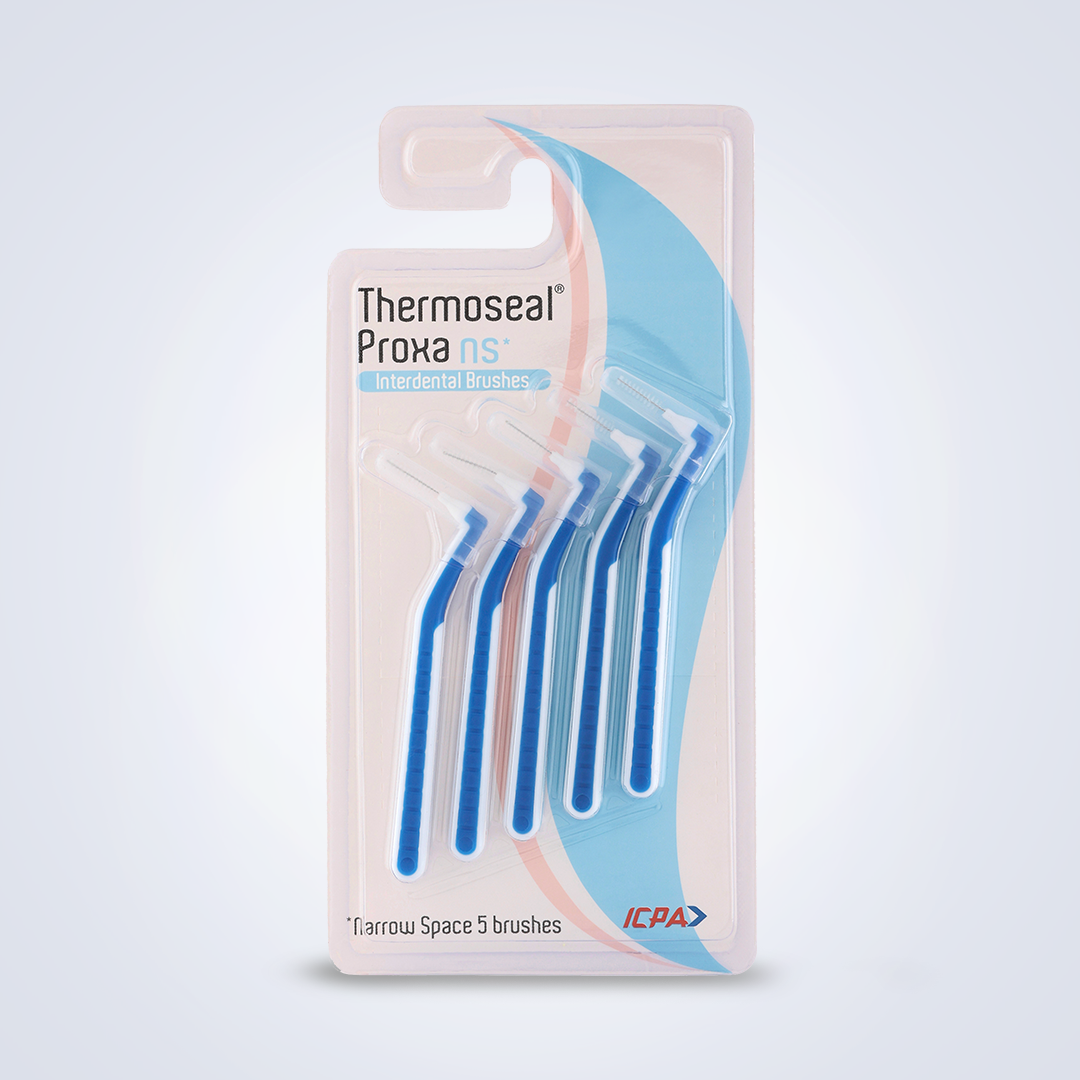


Reviews
There are no reviews yet.